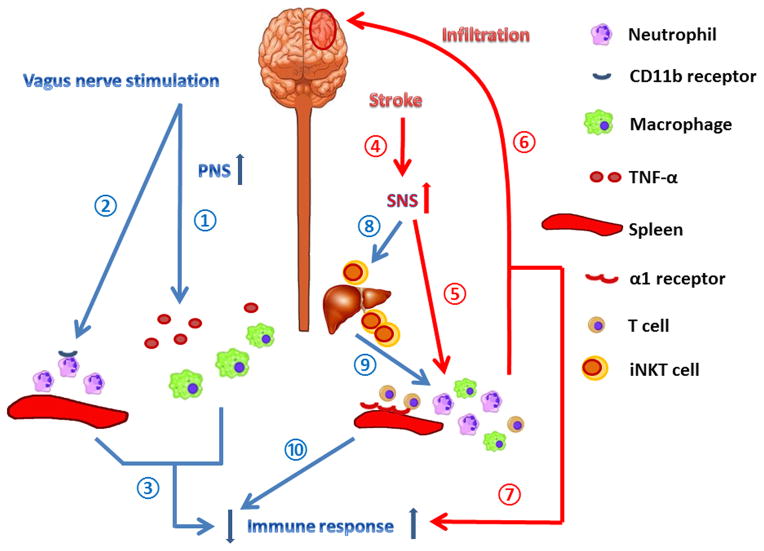Figure 1. Immune responses mediated by the autonomic nervous system after stroke.
Stimulation of the vagus nerve provides neuroprotection against acute cerebral ischemic injury, by inhibiting the release of TNF-α from macrophages ①, reducing CD11b levels on the surface of neutrophils ②, and subsequently down-regulating the peripheral immune response ③ and preventing tissue injury during inflammation. Stroke immediately elicits a fast-acting stress response ④, which activates α1 adrenergic receptors on smooth muscle cells in the spleen ⑤, leading to splenic contraction. The contraction of the spleen results in the mobilization of immune cells that infiltrate into the ischemic brain ⑥, further exacerbating ischemic brain injury and over-activating the peripheral immune response ⑦. Stroke-induced activation of the sympathetic nervous system (SNS) inhibits the normal functions of iNKT cells ⑧, which regulate T cell activation ⑨. The malfunction of iNKT cells thus contributes to immunosuppression after stroke ⑩. The discrepant actions of the SNS on immune activation versus suppression defies simplistic generalizations and may reflect the specific endpoint measured, the target organ, and the differential activation of the immune system depending upon the stage of brain injury.

